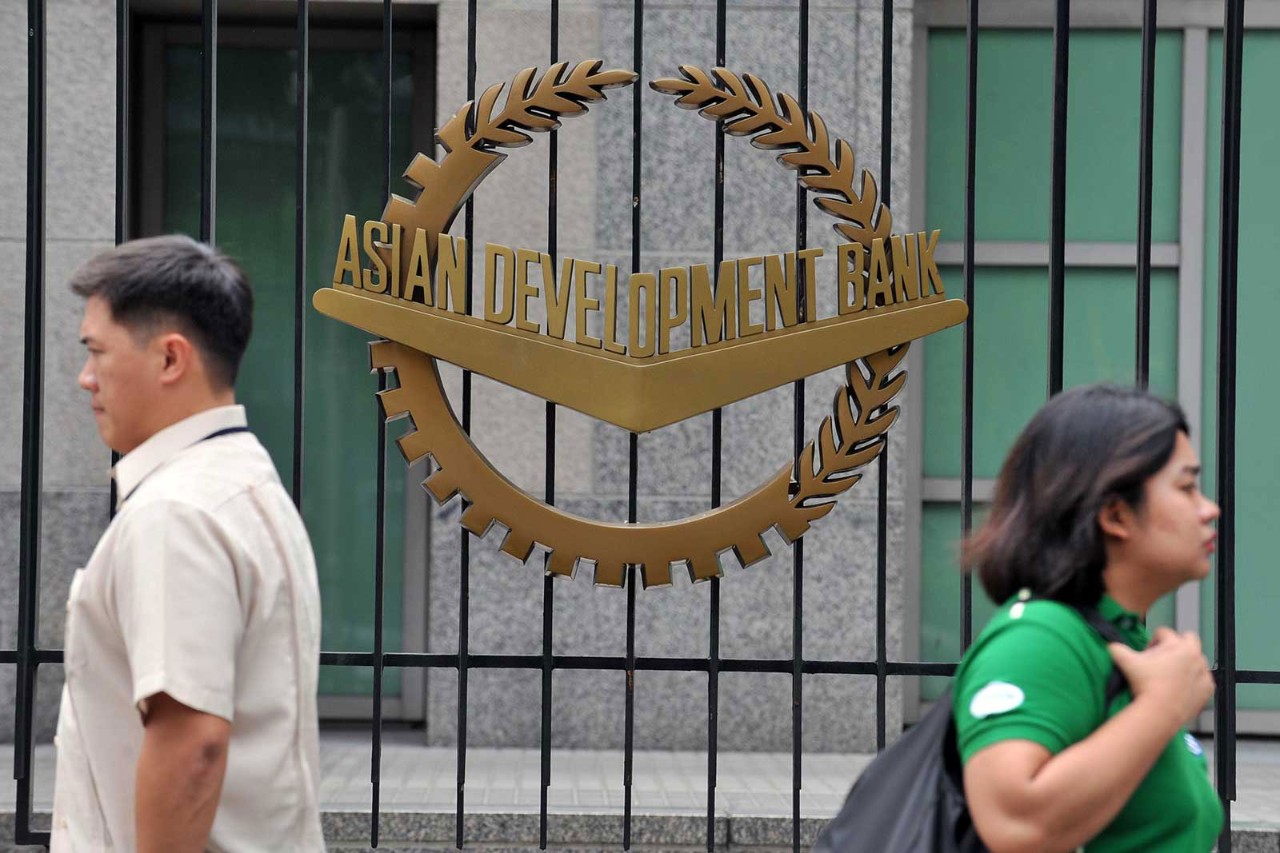
Cryptocurrencies are entering a pivotal phase as we enter 2025, reshaping financial systems and catalysing innovations. This transformation is taking place against a backdrop of developing regulatory frameworks, technological advancements including new AI tool DeepSeek from China, and varied global willingness to adopt.
The past 12 months have been a roller-coaster ride, with the most recent injection of interest stemming from US president Donald Trump’s indication of his crypto-friendly stance – declaring his intention to make the US ‘the crypto capital of the planet’ and launching his own ‘meme coin’ – and his snuggling up to dogecoin fan Elon Musk. This has resulted in a surge in values of many cryptocurrencies.
Contrasting approaches underscore the fragmented state of the cryptosphere
But what are the trends and challenges facing the landscape in 2025 and how will they affect developments going forward?
Regulation brings clarity
Regulation remains a defining theme in the cryptos landscape, with major economies such as the US and EU spearheading efforts to create coherent policies. The European Union’s Markets in Crypto-Assets (MiCA) Regulation, implemented in 2024, set a global benchmark for regulating digital assets. The initiative provides a clear taxonomy of cryptocurrencies, emphasising consumer protection and market integrity.
However, challenges persist. Jurisdictions such as mainland China are enforcing outright bans, while others such as El Salvador have embraced bitcoin as legal tender. These contrasting approaches underscore the fragmented state of the cryptosphere.
Institutional adoption
Institutional interest in crypto has surged. The adoption of bitcoin exchange-traded funds in multiple jurisdictions including the US has legitimised digital assets within mainstream portfolios. A 2023 EY-Parthenon report indicated that 93% of respondents believe in the long-term value of blockchain technology and/or digital assets.
The integration of blockchain into supply chain management signals a major shift
This trend extends to central bank digital currencies (CBDCs). By 2025, more than 20 nations are anticipated to have launched operational CBDCs, with mainland China’s digital yuan leading the way. CBDCs promise efficiency in monetary policy execution but raise questions about data privacy and centralised control.
Redefining finance
Decentralised finance (DeFi) is revolutionising traditional financial services. The total value locked in DeFi surpassed US$120bn in late 2024, with platforms such as Uniswap and Aave offering permissionless access to lending, borrowing and trading. However, risks of exploitation through vulnerabilities continue to cause concern.
Simultaneously, a decentralised internet – or Web3 technology – is gaining traction. The integration of blockchain into supply chain management, its use in verifying digital identity and its role in supporting member-owned communities – or decentralised autonomous organisations – signals a major shift.
Sustainability and scalability
Environmental concerns remain a significant challenge. Cryptocurrencies’ energy consumption is frequently criticised, despite efforts to transition to renewable energy sources. Ethereum’s move to proof-of-stake reduced its energy use by 99.99%, setting a precedent for improvements in sustainability.
The need for robust auditing is more pressing than ever
Scalability is another hurdle. Solutions such as ‘optimistic rollups’ (which reduce computation by processing transactions off-chain) and zk-SNARKs (which enable users to prove possession of certain information without revealing that information) aim to enhance transaction speeds and reduce costs. These innovations will be crucial if crypto networks are to support global-scale applications without compromising decentralisation.
Security concerns
The rise in crypto-related cyberattacks has cast a spotlight on security. In 2024 alone, over US$2.2bn was stolen from DeFi platforms through exploits and hacks.
The need for robust auditing, multi-signature wallets (where two or more people must vouch for a transaction) and user education is more pressing than ever. Additionally, server-hosting providers play a critical role in fortifying infrastructure against breaches.
Mixed outlook
While adoption is accelerating in emerging markets, barriers such as lack of infrastructure and digital literacy persist. According to payment platform Triple A, the UAE, Singapore and Turkey have the highest rates of crypto ownership, driven by remittances and inflation hedging. (See graphic.) Conversely, wider adoption by developed markets hinges on regulatory clarity and institutional endorsement.
Ultimately, the whole world has its eyes on how the Trump administration will treat crypto regulation. Overall, the US-specific outlook is positive, as small businesses expect crypto to permeate more of their financial activities, whether it’s invoice financing, trade credit or regular loans.
The road ahead
As crypto markets mature, the balance between regulation and innovation will determine trajectory. The continued evolution of blockchain technology, coupled with increased institutional participation, suggests a bright future. However, addressing challenges – from environmental impact to security – remains imperative.
Cryptocurrency stands at a crossroads. Its journey into 2025 will be defined by how effectively stakeholders navigate complexities to unlock its full potential.



